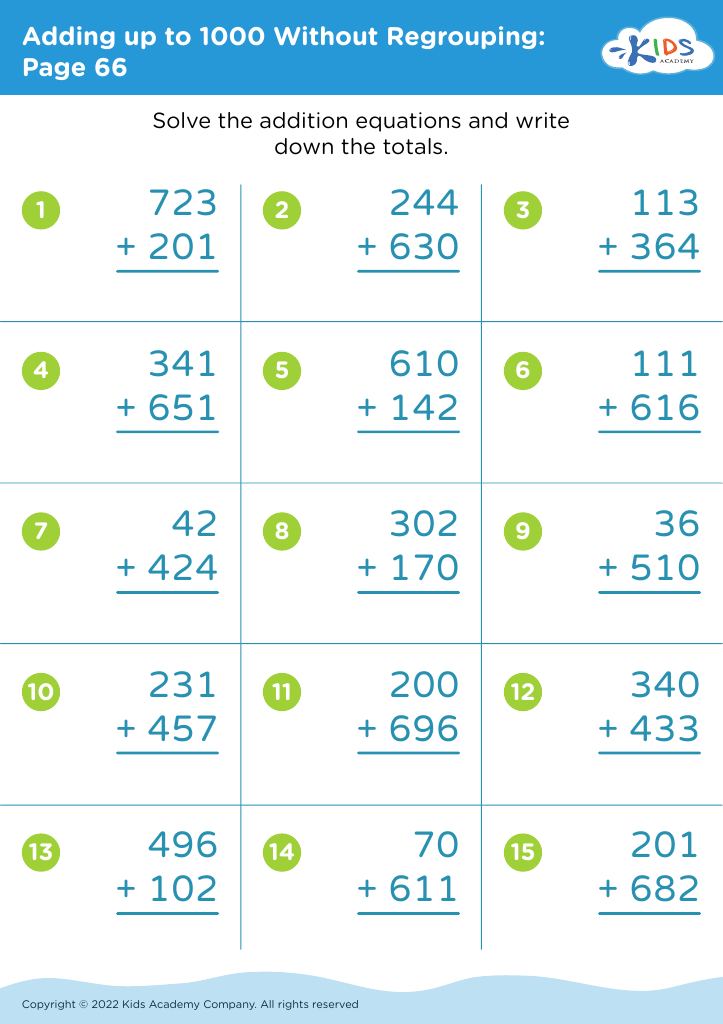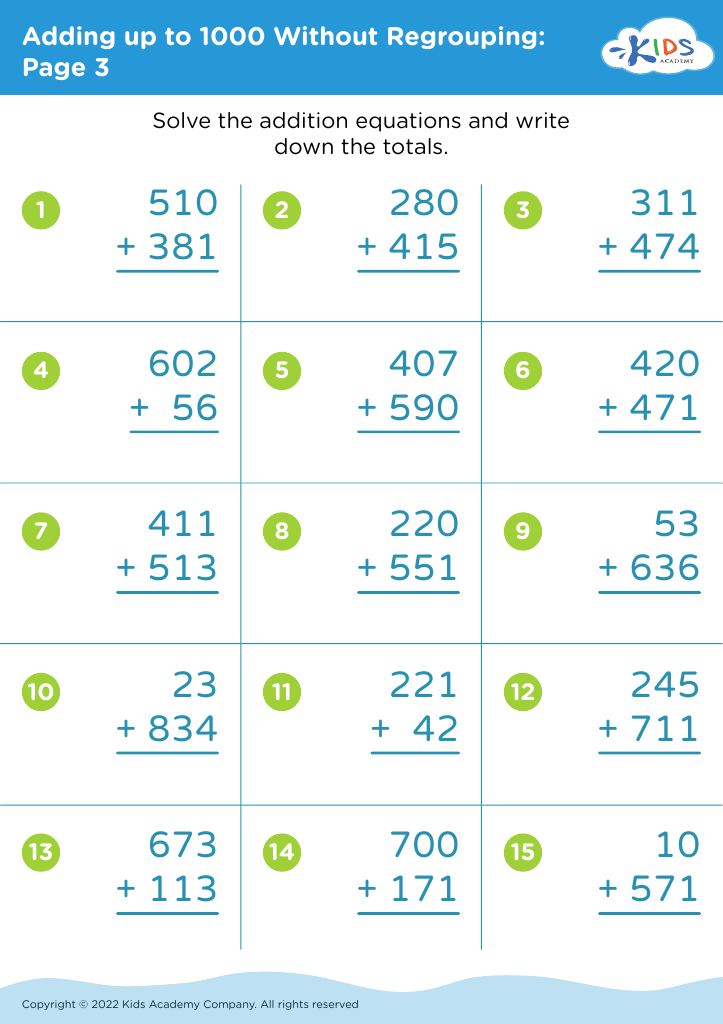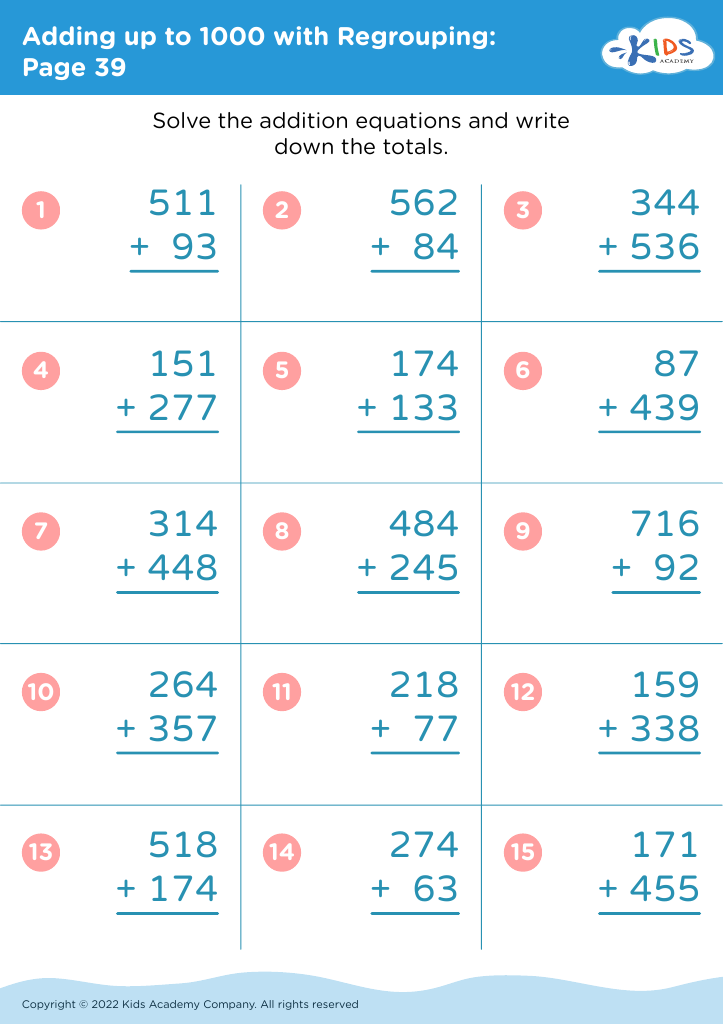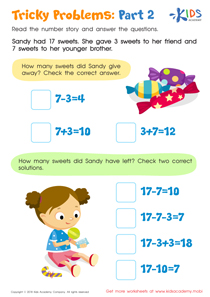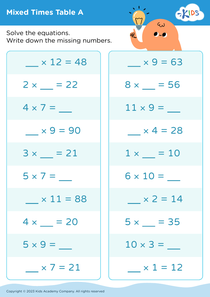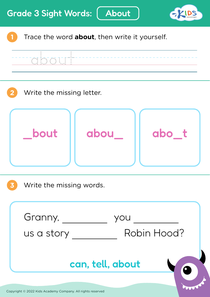Recognize shapes Grade 3 Adding up to 1000 Worksheets
4 filtered results
-
From - To
Discover engaging "Recognize Shapes" worksheets designed for Grade 3 students mastering math concepts while integrating geometry! Our collection focuses on helping young learners identify and differentiate between various shapes, enhancing their spatial awareness. These worksheets seamlessly incorporate the essential skill of adding up to 1000, as students solve problems involving shapes through interactive activities. Perfect for classroom use or homeschooling, each worksheet promotes critical thinking and visual skills while making math fun and accessible. Foster your child's understanding of shapes and numbers today with our curated resources, tailored to ensure a comprehensive learning experience.
Recognizing shapes and understanding their properties is a fundamental skill in early education, particularly in Grade 3. As students progress in their mathematical journey, the ability to identify and manipulate different shapes reinforces critical spatial reasoning skills, which are influential in areas such as geometry, art, and real-world problem-solving.
When we introduce activities like "Adding up to 1000," it extends beyond simple arithmetic. Relationships between numbers and shapes can enhance understanding as students visualize numerical values in geometric contexts, guiding them toward grasping concepts such as area, perimeter, and symmetry.
For parents and teachers, nurturing these skills is essential not just for academic growth but also for developing lifelong learners. Understanding shapes and their properties helps students connect mathematics with the world around them—from recognizing patterns in nature to understanding the layout of their communities.
Moreover, when shapes are integrated into mathematical tasks, like constructing equations that sum to 1000, children learn collaborative problem-solving and critical thinking skills. Emphasizing these objectives not only enhances math capabilities but also builds confidence in young learners, preparing them for more complex concepts in the future. Nurturing recognition of shapes ignites curiosity and lays a strong foundation for success in mathematics and beyond.

